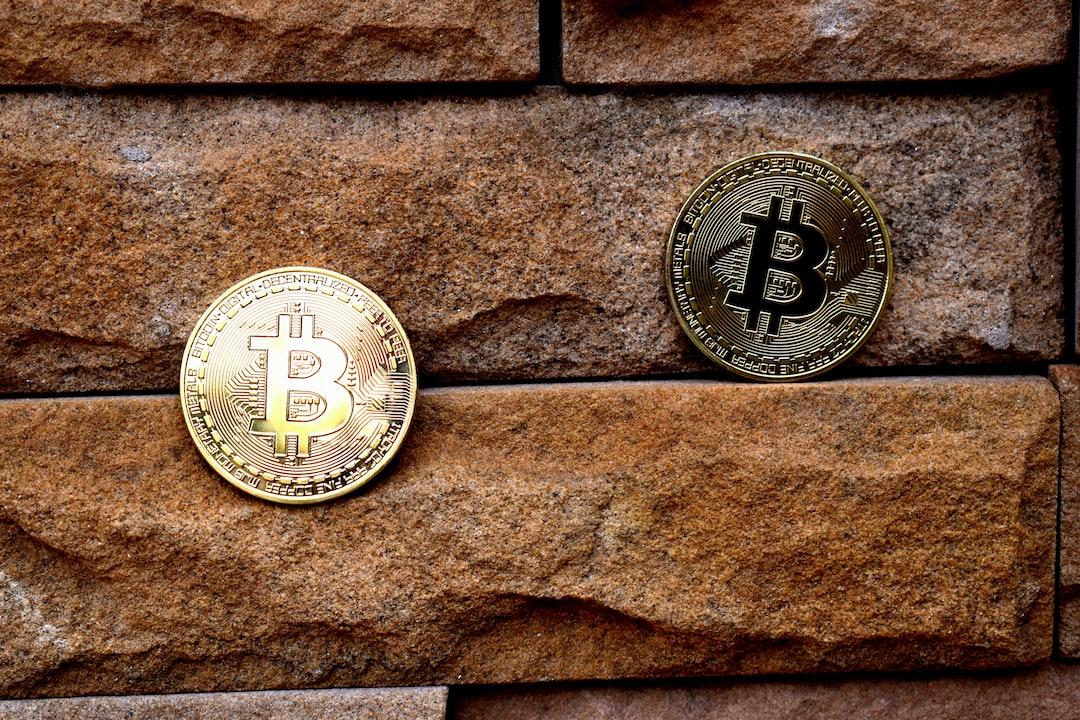Hyperliquid, with its dual identity as an EVM public chain and a DEX, has finally distributed its airdrop. This project, which prides itself on not having any VC background, distributed 31% of its tokens during the airdrop, and since then, the token has been soaring. In the year 2024, when many airdrops were widely criticized, Hyperliquid’s airdrop distribution can be seen as a successful case. Currently, the market value of the token has surpassed the veteran chain-based derivative exchange dydx and the Solana chain’s Jupiter.
On November 28th, Hyperliquid officially announced the airdrop. The TGE of the HYPE token took place on November 29th, 07:30 UTC, and Hyperliquid itself is the only trading venue and does not provide any chips for listing on exchanges.
Looking at the token economics:
– 38.888% is used for community rewards
– 31.0% is used for the genesis airdrop
– 23.8% is given to core contributors
– 6.0% is allocated to the Hyper Foundation for budgetary purposes
– 0.3% goes to community subsidies
– 0.012% is allocated to HIP-2 (which can be understood as providing liquidity for Hyperliquid)
Hyperliquid is a high-performance Layer 1 with its own proof-of-stake consensus algorithm called HyperBFT. It can process 200,000 transactions per second and has a final confirmation time of around 0.2 seconds. HYPE will be used for paying gas fees on the chain and for PoS staking purposes.
The announcement emphasizes that there is no allocation for private investors, centralized exchanges, or market makers, aligning with the narrative of being anti-VC and anti-listing fees charged by centralized exchanges since the second half of this year. Tokens for core contributors will be locked for 1 year. Most of the unlocks will occur between 2027 and 2028, with some continuing after 2028. It is worth mentioning that Hyperliquid’s co-founder, Jeff Yan, previously worked at Hudson River Trading and is therefore familiar with high-frequency market-making.
“I love places with fewer people.” The HYPE point system benefits early users.
Let’s review the airdrop plan of Hyperliquid in detail. The first stage of the Hyperliquid point system started on November 1, 2023, and one million points were distributed to active users every week. The allocation was based on trading volume. The points from the first stage snapshot were distributed on April 15, 2024. Initially, Hyperliquid did not receive much attention from the Chinese community, so the points in the first few weeks were relatively less competitive. If you missed this stage, retail investors may not be able to compete with large holders and market makers.
In the second stage, 700,000 points were distributed weekly for four months. In an announcement on May 29th, the official stated that the points would be doubled during the period from May 1st to May 28th. The first snapshot of the second stage covered May 29th to June 4th. Additionally, Hyperliquid also has a referral code system, and the official announcement before the airdrop stated that witch addresses would be strictly punished.
With a staggering $1.8 billion airdrop, it has become the largest airdrop this year.
As of the deadline, the HYPE token price has been soaring since the TGE, reaching around $8.24, with a fully diluted valuation of $8.24 billion, and a circulating market cap of $2.79 billion, which are all airdrop allocations. In comparison, dydX’s fully diluted valuation is approximately $1.28 billion, and Jupiter’s is $11.66 billion. However, some people believe that the token’s trading is limited to Hyperliquid itself, so the price may be somewhat inflated.
Looking at the TVL (Total Value Locked) of the Hyperliquid chain, it is $1.43 billion, ranking as the tenth among all public chains. For a public chain that rose to prominence within a year without institutional funding, it is not easy. In addition to declaring no participation from VCs and not leaving any chips for market makers and listing fees on exchanges, these characteristics are appealing to retail investors. By distributing 31% of the tokens to airdrop participants, it establishes a good relationship with the community and creates buzz for the protocol, although the significant airdrop percentage may lead to future selling pressure.
The Daily Coin Research Team also pointed out that Hyperliquid has become the project with the largest airdrop allocation after the TGE, with an airdrop worth $1.8 billion. In comparison, Starknet had $1.6 billion, Arbitrum had $1.5 billion, dYdX had $1 billion, Wormhole had $1 billion, and Eigenlayer had $850 million.
The Hyperliquid ecosystem is also taking off, with PURR and the founder’s namesake meme coin, Jeff, gaining considerable attention.
Meanwhile, the recently announced token economics by Movement also stated that they would allocate 10% of the tokens for the airdrop, and it is worth anticipating the magnitude of the wealth effect it will create. However, a former Scroll researcher hinted that Movement would provide a large number of chips to exchanges as listing fees. Although this has not been confirmed, it serves as a warning.
(The Daily Coin: From technical disputes to macro L2 value issues, what are Rushi and the former Scroll researcher arguing about?)

